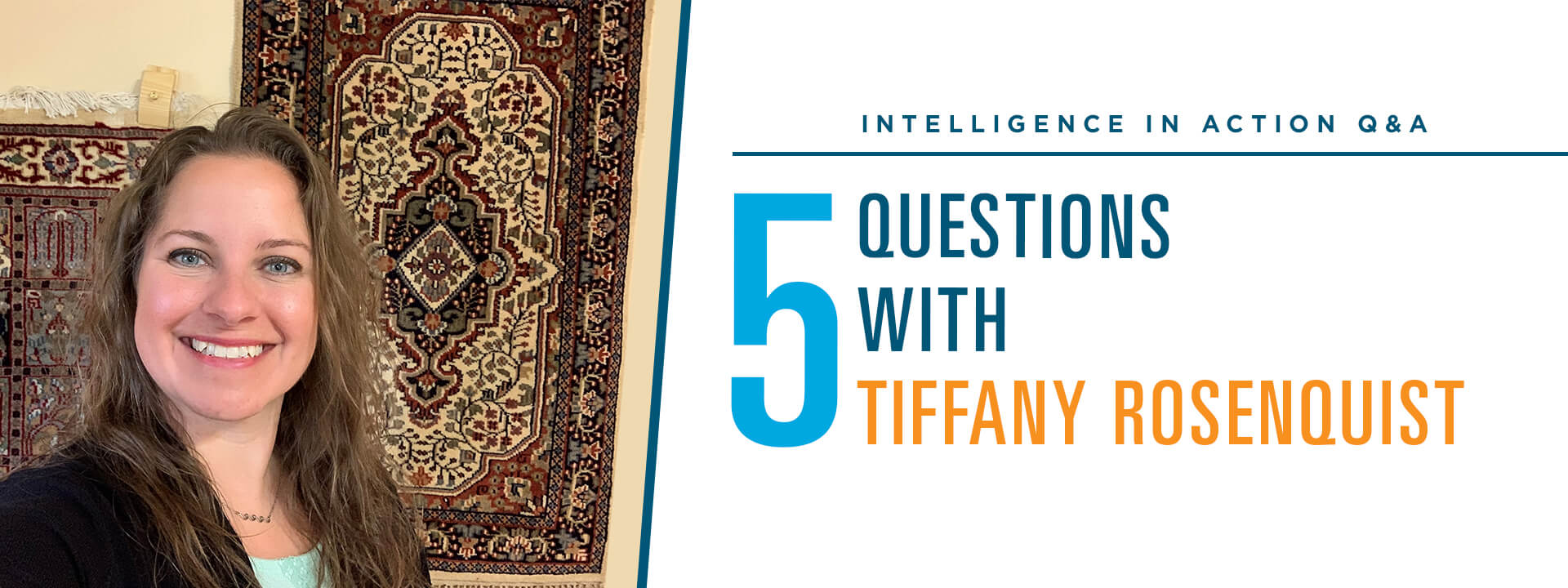A study of Medicare beneficiaries found that, on average, patients saw seven different physicians across four different practices — in a two-year period. Think about that for a minute — multiple appointments, multiple facilities, in just a couple years’ time. How in the world can care managers and physicians deliver the best care if patients are going to so many providers for visits, tests and treatment?
It’s simple, actually. Access to comprehensive clinical history information gives you and your team a timely view of a patient’s care at all stages of their journey. From ambulatory encounters to home care and beyond, organizations are improving care management because this vital information is right at their fingertips. Conversely, the absence of such information leads to duplicate or unnecessary tests, needless financial burden, decision-making without the full view, adverse events, and poor care outcomes. In fact, according to the Journal of the American Medical Association, that lack of care coordination often leads to overtreatment that costs the US an estimated $158 billion to $226 billion annually.
We’ve found there are six common care settings where organizations are improving care management because they have access to clinical history information right in their EHR software.
- Primary Care and Ambulatory Settings: Providers get a clear picture of care events that have occurred since their patient’s last visit. Let’s say a primary care physician sees a patient who visited the ER while traveling out of state. In many cases, the patient can’t remember the name of the hospital or the details of their diagnosis. With Surescripts Record Locator & Exchange, the physician is able to find the hospital, access results for any tests performed, and continue with a treatment plan.
- Emergency Room: With access to patient clinical history information at the point-of-care, ER staff can make the best split-second decisions on emergency treatment plans, even when they've never seen their patient previously. For instance, if a patient arrives at the ER with symptoms suggesting a mild stroke, Record Locator & Exchange can reveal that there may be more to the story based on recent events—and a need for more aggressive treatment.
"1 in 10 emergency department patients had been seen at a different hospital within the past 12 months alone,"
Population Health Management, April 1, 2017
- Hospital Admit: Access to comprehensive clinical history gives physicians and care managers important context for a patient’s condition, beyond what was done in the ER or medication reconciliation.
- Hospital Discharge: Care coordinators and transition teams can get a full picture of treatment events that occurred in the hospital so they can better plan for transition to the next care setting – be it a home discharge or post-acute facility. They also have greater visibility into historical visits and treatments for an at-a-glance look at the patient's journey.
- Post-Acute Facilities: A patient may make multiple stops on their care journey before they get to the post-acute environment. It happens. Imagine a patient undergoes an out-patient knee surgery. There are complications during recovery and the patient is sent to the ER. He or she gets admitted to the hospital for four days before going to an in-patient rehab facility. Now the patient is in your out-patient rehab center and with access to comprehensive clinical history information your providers can get a clear and detailed view of this patient’s journey.
- Home Care: Imagine that there was one more step in the previous scenario. Now the patient makes a sixth move back home for in-home care. The only two people in the house are the nurse from home care services and the patient. But, because the nurse has the clinical history from the primary care provider, the hospital, the post-acute facility, specialists, and pharmacies all embedded in his EHR, he quickly gets up to speed and confidently pursues the treatment prescribed.
Comprehensive clinical history at the point of care used to be a luxury. Until now. Not only does it allow for better patient care and efficient care transitions, it drives reduction in duplicate therapies and unnecessary tests — and helps health systems quickly identify high-risk patients and act accordingly.
You may be wondering how to know if you have access to the most comprehensive clinical history information in your EHR. If so, ask yourself the following questions:
- Does my EHR give our providers timely access to trusted clinical history information across the care settings?
- If your patient went to an urgent care or specialist not affiliated with nor using the same EHR as your organization, would you know about it? And, would you be able to see a summary of the patient visit?
- If your patient received a prescription from a healthcare facility 1,000 miles away, would you have a record of that patient visit, treatment ordered and medication information in your EHR?
- If your patient forgot or denied a diagnosis, treatment, and even visits to other facilities, does your EHR's access to clinical history information help you get to the truth and coordinate care plans accordingly?
- Does your EHR have the option to embed Surescripts clinical history services through Record Locator & Exchange?
With more and more health systems bearing the risk and care services for patients, it’s more important than ever that their care management and population health teams are able to see the full picture of care given across a patient’s health journey.
If you’re part of the 85 percent of healthcare organizations that say current interoperability solutions are not meeting their needs as they transition to value-based healthcare, we’d love to share everything we know on how access to clinical history can help you across care settings. Learn more here.


 Dean Riggott Photography
Surescripts
Dean Riggott Photography
Surescripts





